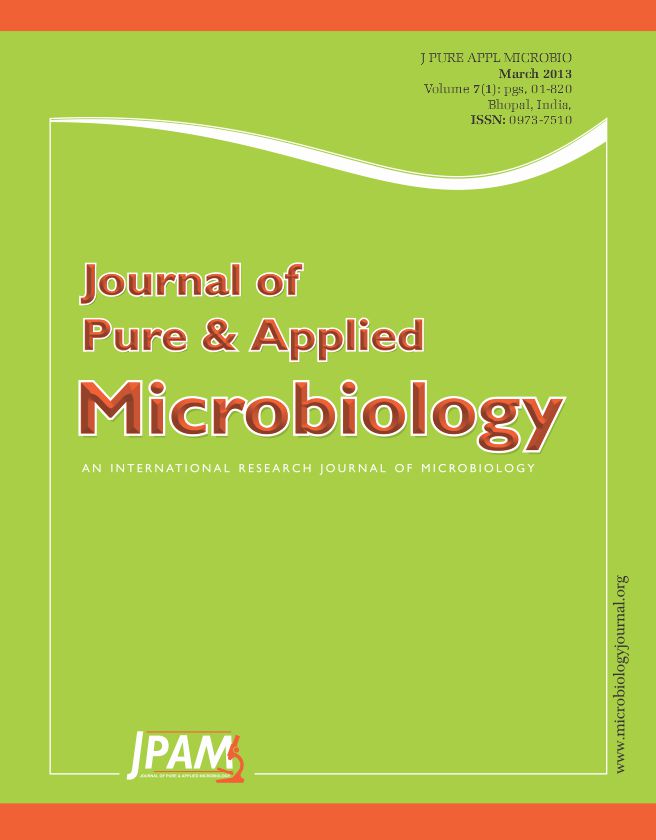In order to offer useful information for harmless disposal of drinking water sludge, the bacterial community structures of sludge produced in two different drinking water plants were initially studied by polymerase chain reaction–denaturing gradient gel electrophoresis (PCR–DGGE) technique. The result of sequencing of DGGE band analysis showed that the microbial community structure of drinking water sludge was complex, various types and a large number of microbes lived in drinking water sludge according to the Shannon-Wiener index of diversity (H) and the specific richness (R). Nine phyla obtained by the similarity analysis of 27 strong bands selected from the DGGE profiles sludge samples as follows: Proteobacteria, Acidobacteria, Fibrobacteres, Chloroflexi, Bacteroidetes, Firmicutes, Cyanobacteria, Verrucomicrobia and Sheathe bacteria. Among them, Proteobacteria contained two classes (Gamma-proteobacteria and Beta-proteobacteria) and then three genera (Rhodocyclus, Proteobacterium and Methylothermus) were the most common species. Chloroflexi including three classes (Chloroflexi, Caldilineae and Anaerolineae) and Bacteroidetes (Bacteroidetes and Flavobacteria) were also usual populations. Most of species, with high organic materials degradation activity, were heterotrophic bacteria due to a large number of organic materials contained in drinking water sludge. The present study also demonstrated the comparison of microbial community structure between drinking water sludge and wastewater sludge, Proteobacteria, Bacteroidetes and Chloroflexi were considered as the most common dominant species on phylum level, Differences such as the number of Rhodocyclu in drinking water sludge or Micrococcus in wastewater sludge were obviously shown due to the different treatment process and the inlet water quality.
Drinking Water, Sludge, PCR-DGGE, Microbial Community Structure, Bacteria
© The Author(s) 2014. Open Access. This article is distributed under the terms of the Creative Commons Attribution 4.0 International License which permits unrestricted use, sharing, distribution, and reproduction in any medium, provided you give appropriate credit to the original author(s) and the source, provide a link to the Creative Commons license, and indicate if changes were made.


